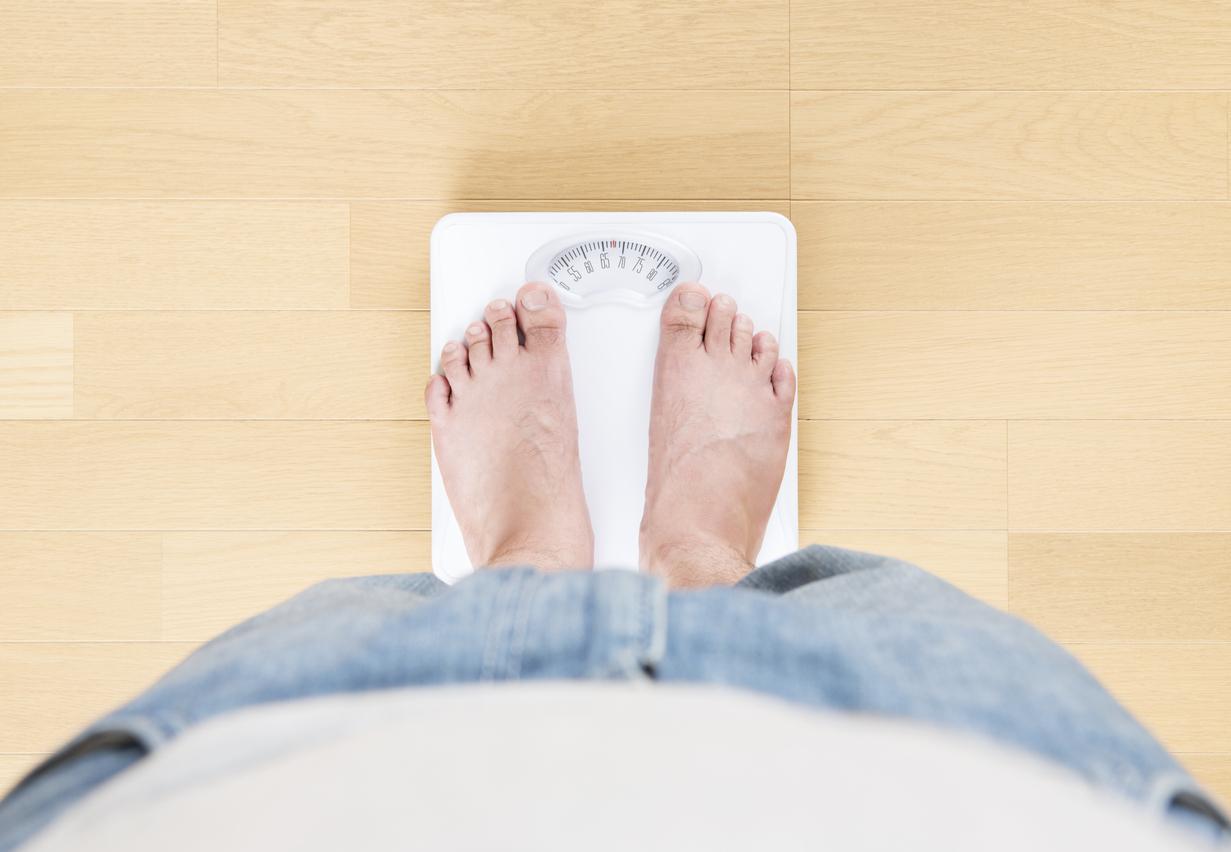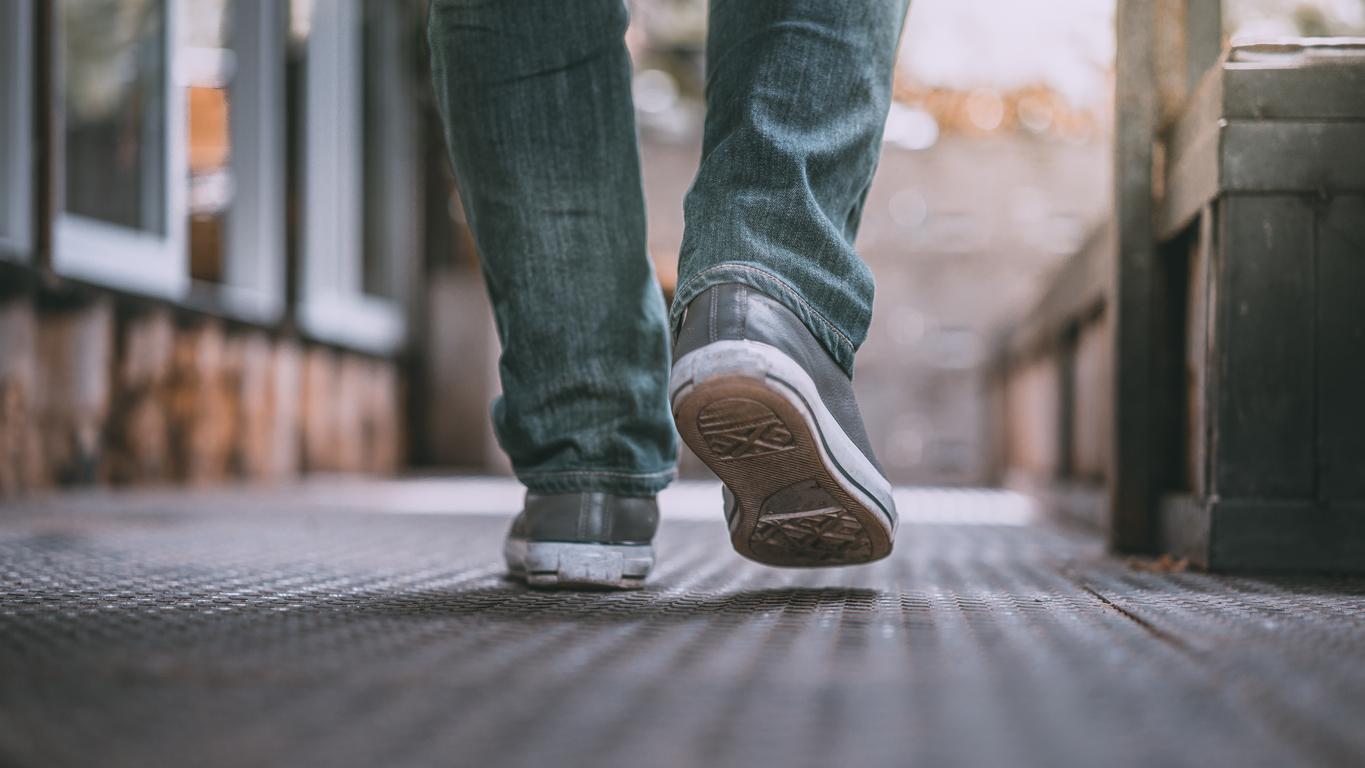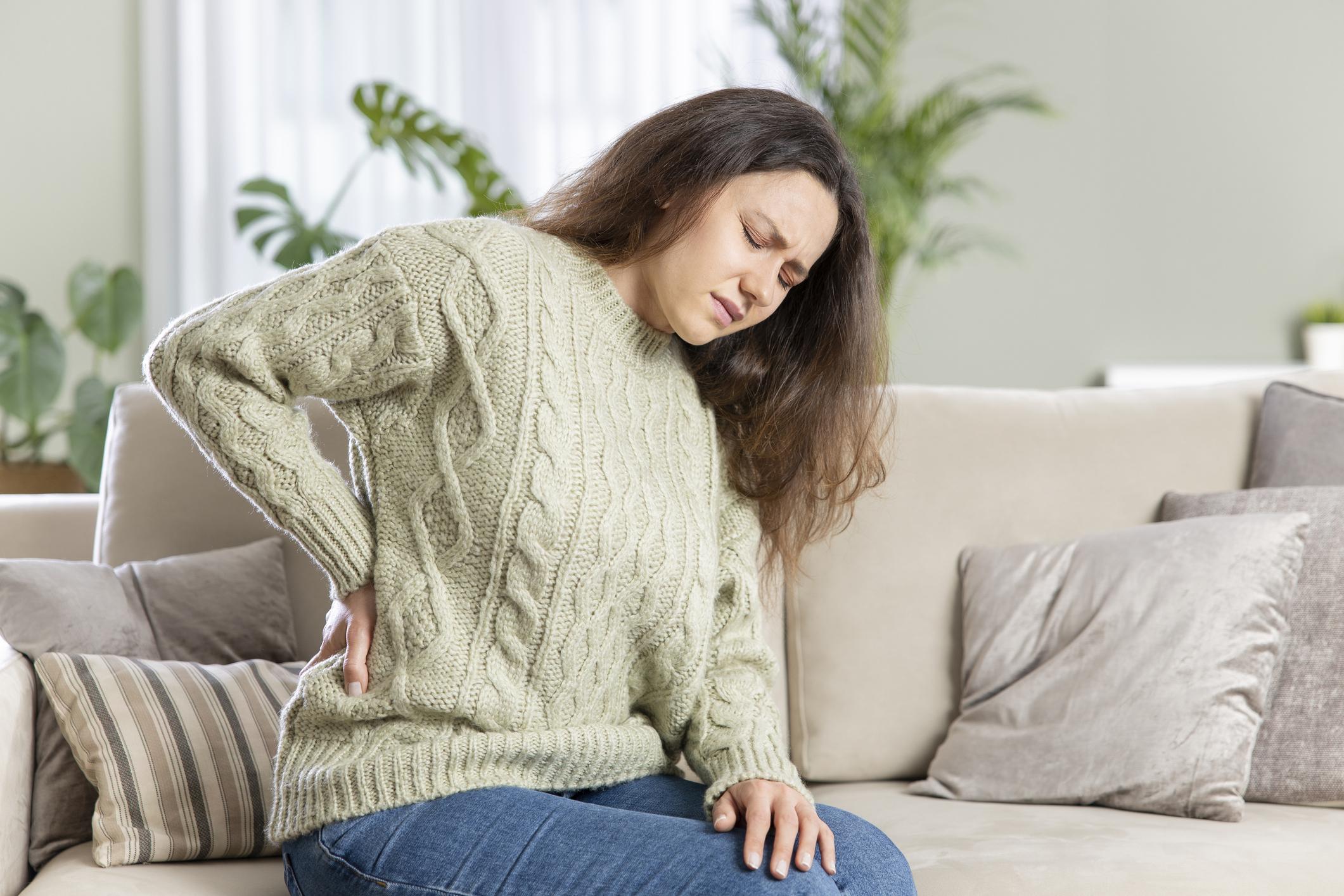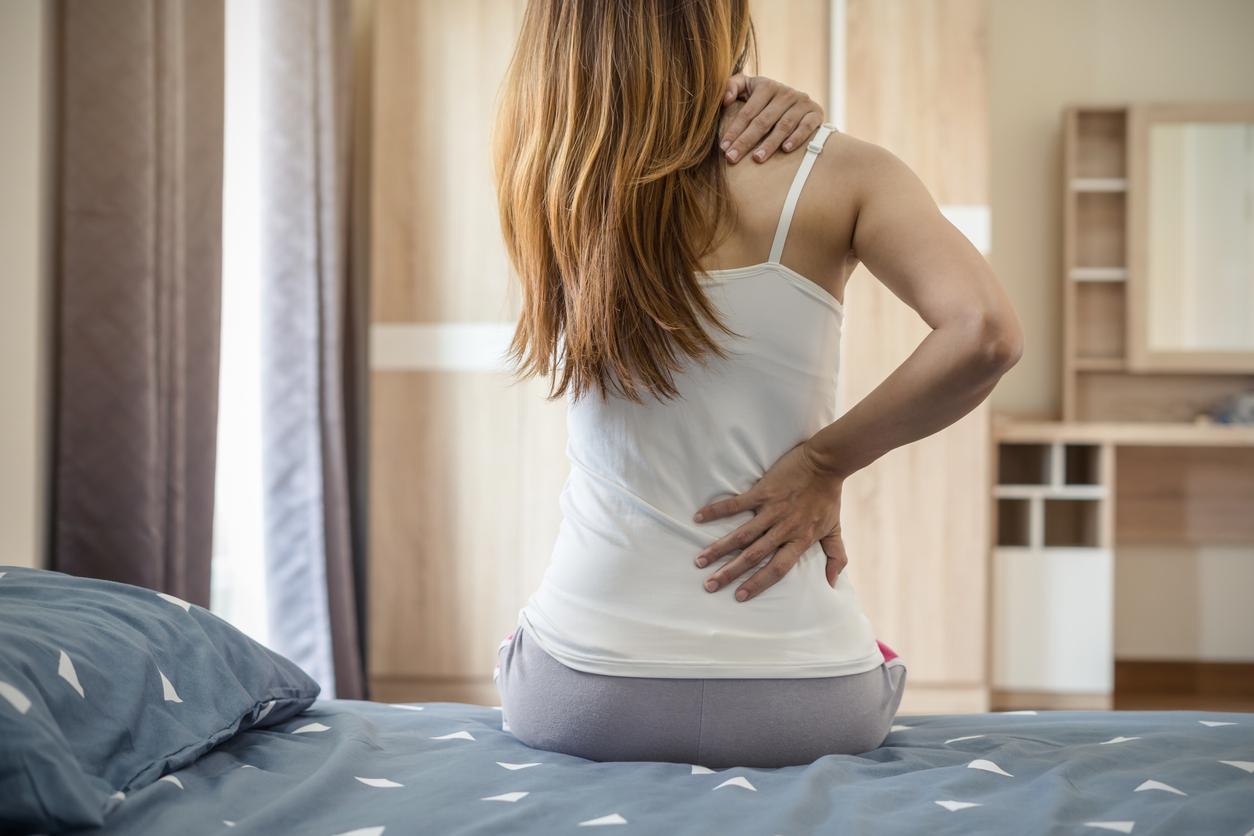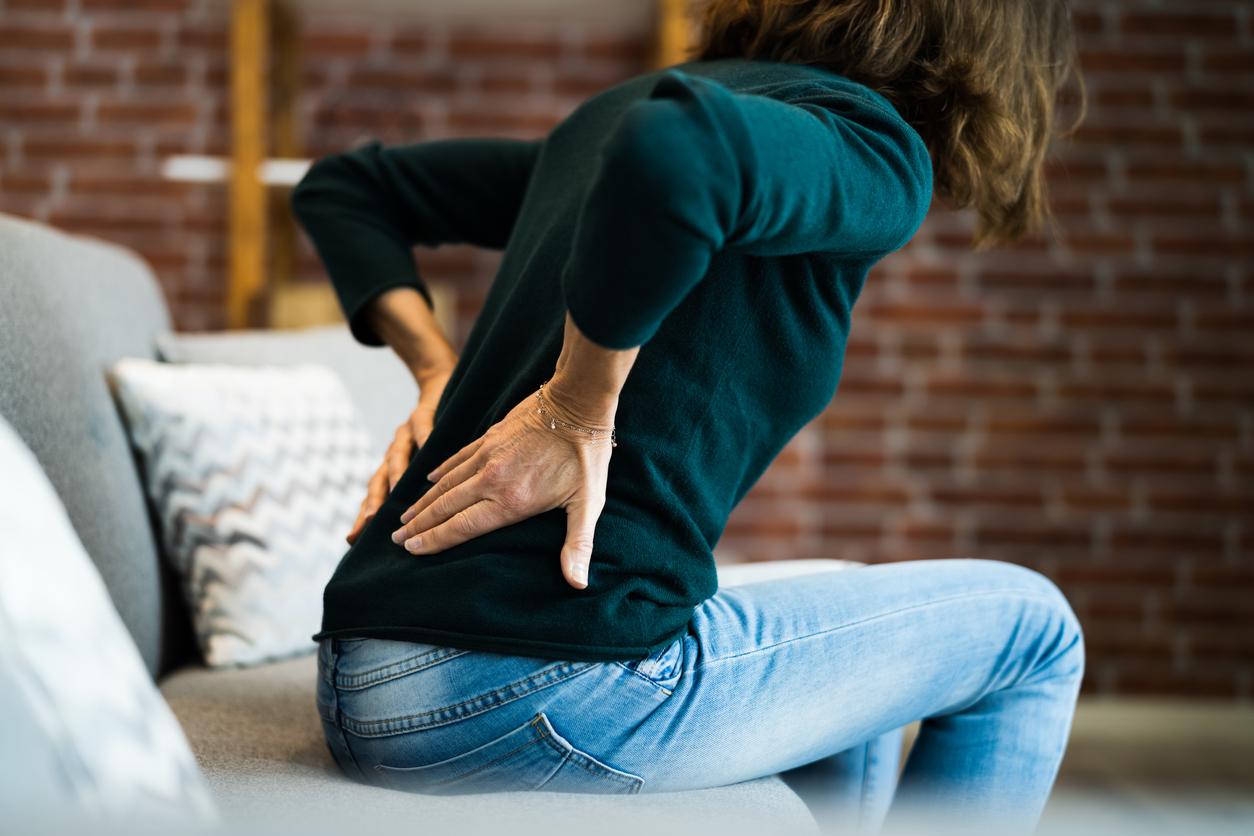In a press release, the High Authority for Health (HAS) unveils its recommendations to prevent acute low back pain from becoming a chronic ailment.
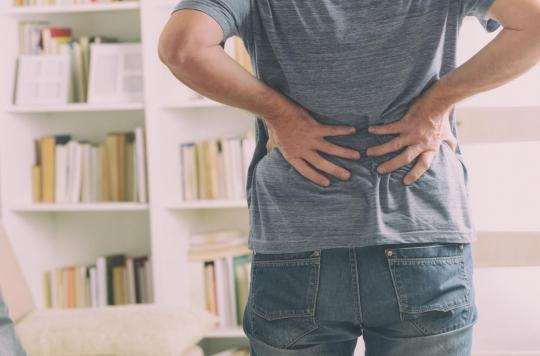
More commonly known as “back pain”, acute low back pain is a pathology well known to the French. It is estimated that 84% of them will suffer from it during their lifetime.
A pathology as frequent as it is unpleasant, acute low back pain can quickly turn into a real handicap and become chronic if it is not properly taken care of. This is why the High Authority for Health (HAS) published on Thursday April 4 a series of recommendations intended for health professionals to prevent this pain in the lower back from becoming permanent.
As the HAS specifies in its press release, low back pain refers to pain located at the bottom of the spine, more precisely at the level of the lumbar vertebrae. It actually covers two different stages of the disease: acute low back pain if it resolves in 4 to 6 weeks, which concerns the vast majority of patients, and chronic low back pain which lasts for more than 3 months.
These two cases require appropriate care and treatment.
Acute low back pain: physical activity is the best remedy
Concerning nearly 9 out of 10 patients, acute low back pain is the most common form of this pathology. It is also the easiest to treat. Contrary to popular belief, it is not recommended to rest in bed but rather to resume daily activities to preserve muscles.
The High Authority of Health therefore advises health professionals “to encourage the patient to continue his activities of daily living, including work”, but also to prescribe the practice of an appropriate physical activity. “It allows a favorable evolution of low back pain and limits recurrences”, writes the HAS.
Finally, if it recognizes that the prescription of analgesics can possibly “calm the pain for the shortest possible duration while waiting for the spontaneous healing of low back pain”, the public health organization considers “that no drug has proven to medium-term efficacy on the evolution of an acute episode of low back pain”.
The HAS also points out that in the majority of cases, the pain resolves in less than 6 weeks after its onset. She therefore advises health professionals “to see the patient again 2 to 4 weeks after the initial episode if the symptoms persist to rule out a possible risk of becoming chronic”.
Chronic low back pain: pay attention to the underlying causes
If low back pain only becomes chronic in 3 to 6% of cases, its management must be specific and adapted to each patient. Thus, it is not necessary to immediately prescribe active rehabilitation by physiotherapy: it is first necessary to identify the risk factor for chronicity, warns the HAS.
It is also important to “look for the warning signs whose combination would suggest an underlying pathology”, and this, at all stages of low back pain. It can be an infection, an inflammatory disease, a cancer, a neurological problem…
The Haute Autorité de Santé also advises doctors to monitor other warning signs such as signs of risk of chronicity and recurrence in order to prevent low back pain from leading to the prescription of a work stoppage, which is the case for one in five low back pain. This pathology has also become the first cause of exclusion from work before the age of 45.
Finally, the HAS suggests that the patient be taken care of as a whole, that is to say not only physically, but also psychologically and socio-professionally, in order to avoid any deterioration in the state of health due to low back pain.

.










